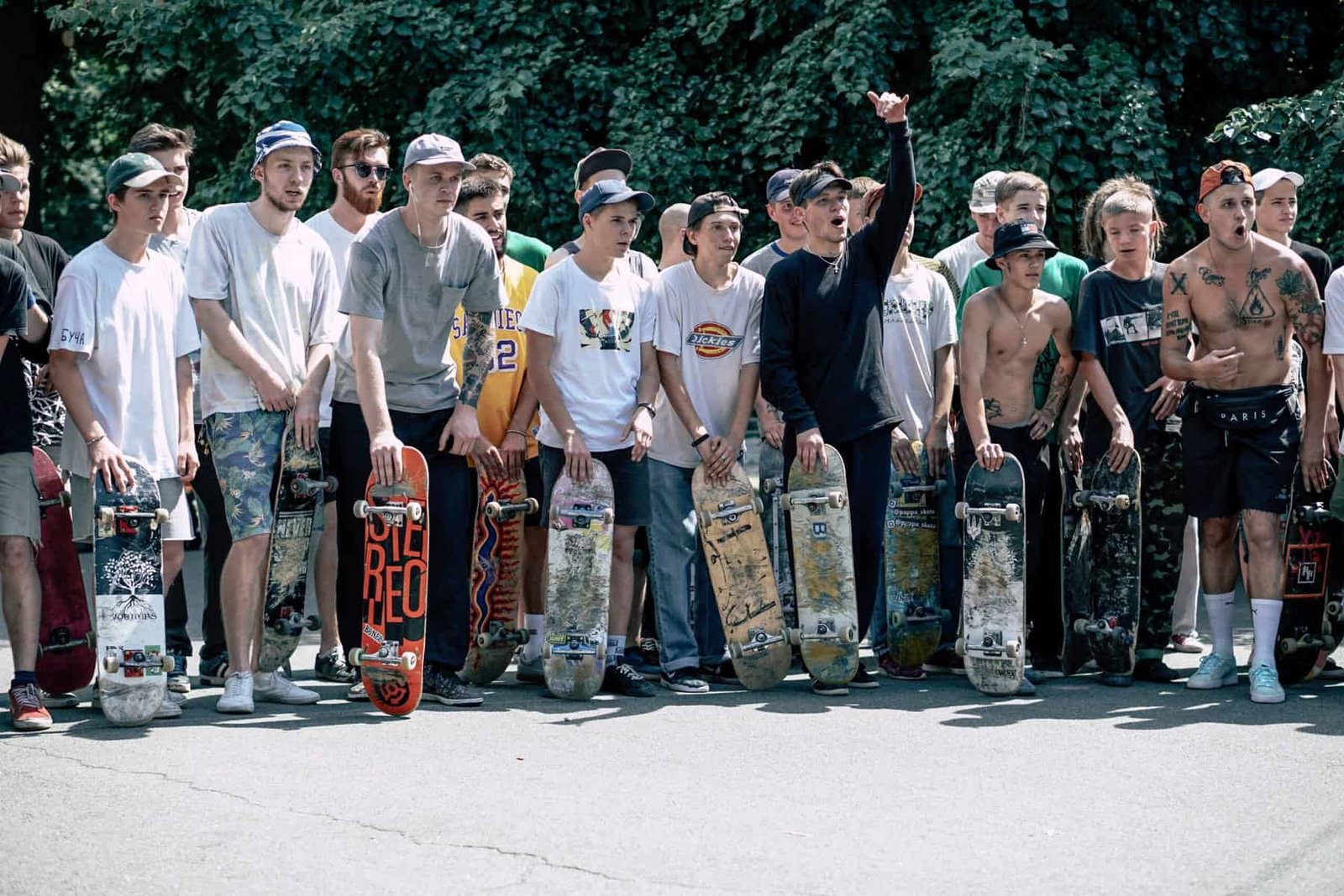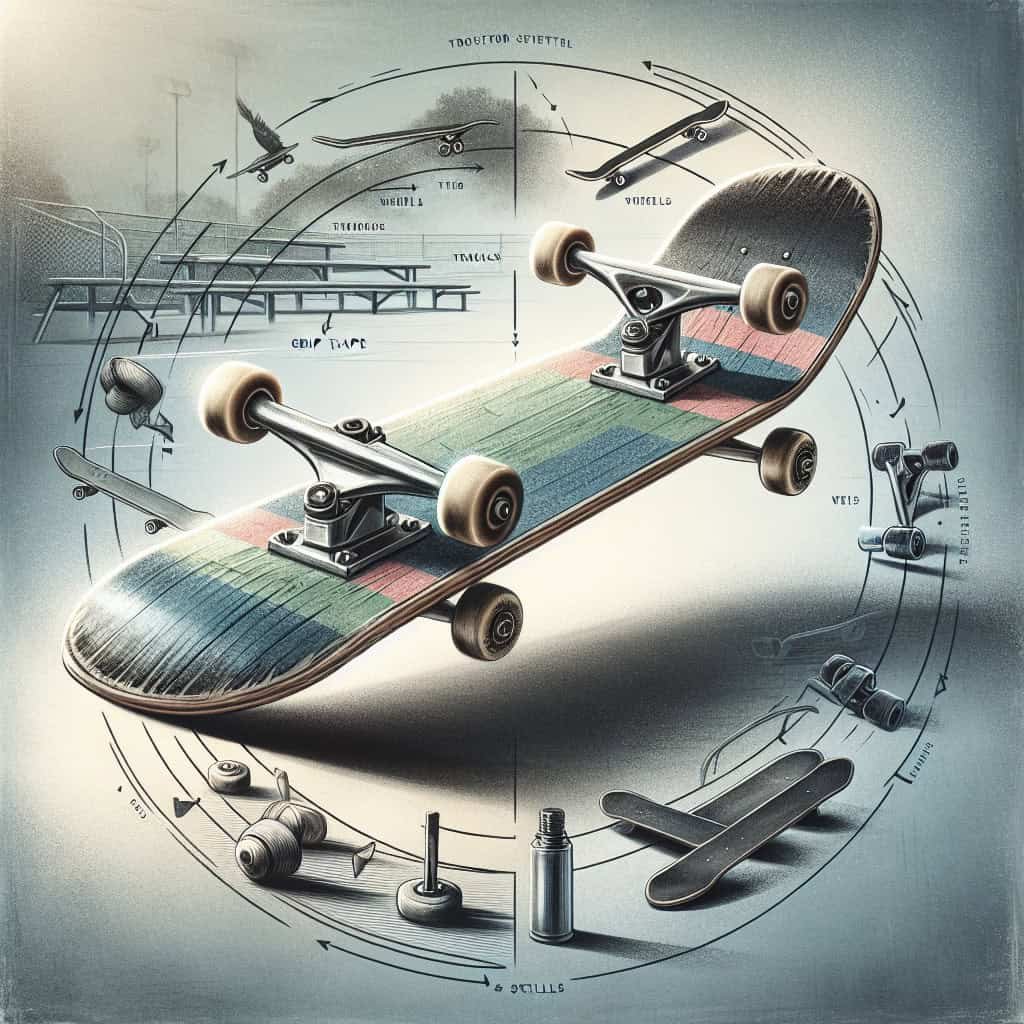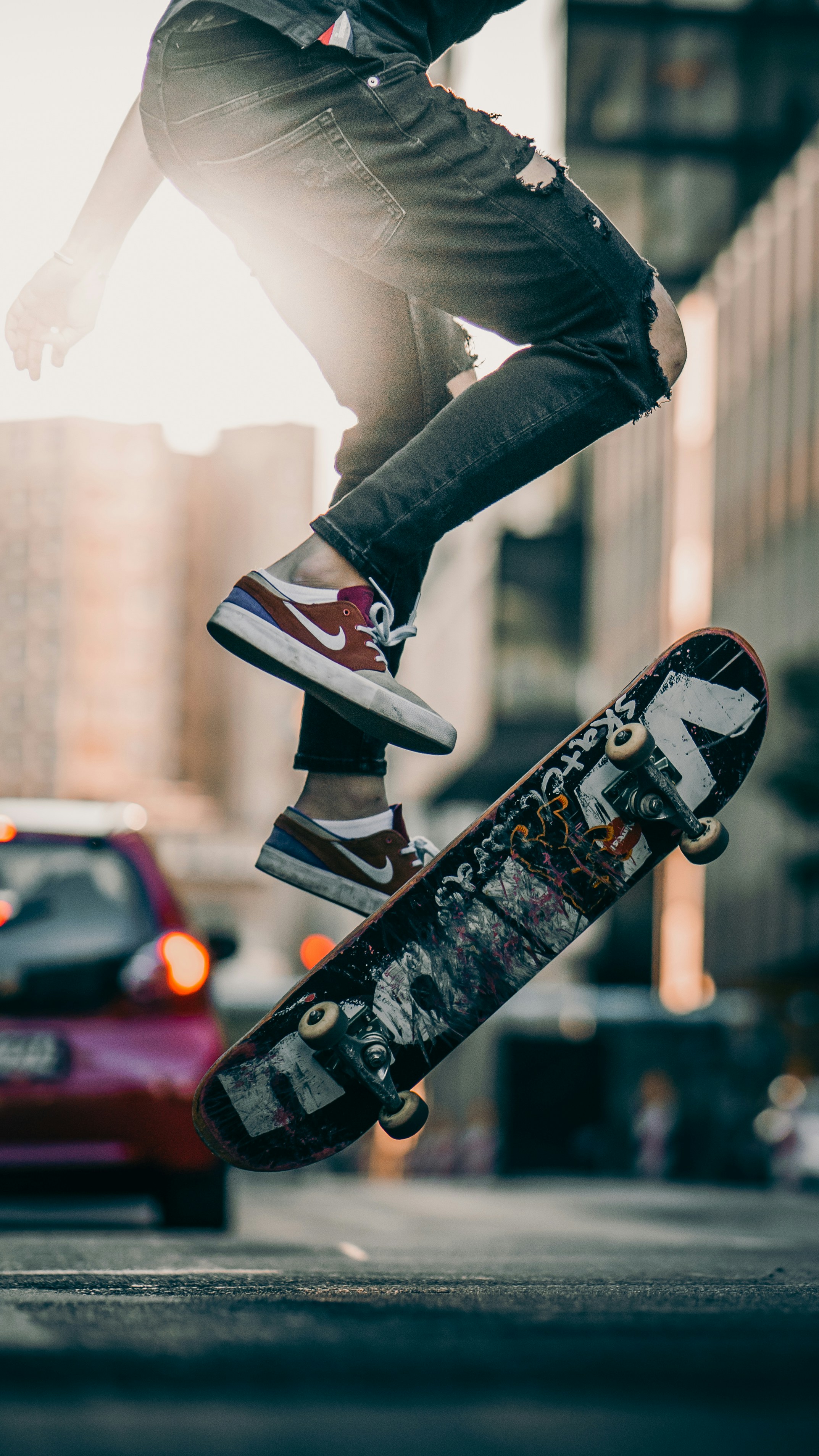Skateboarding is a sport that requires not only skill and finesse but also adaptability and versatility. One of the key ways to enhance your skateboarding abilities is by practicing switch and fakie stances. But how do you do it? In this article, we will explore some effective techniques and tips to help you improve your versatility on a skateboard. So grab your board, put on your helmet, and get ready to take your skateboarding game to new heights!

Introduction
Skateboarding is not just about mastering tricks in your regular stance. To truly elevate your skateboarding skills and become a more versatile rider, it’s essential to explore switch and fakie stances. Switch stance refers to riding with your non-dominant foot forward, while fakie stance involves riding in reverse with your dominant foot at the back. In this article, we will delve into the definitions of switch and fakie stances, discuss their importance, provide tips on getting started, guide you on developing skills in these stances, and highlight the benefits of incorporating switch and fakie into your skateboarding repertoire.
What are switch and fakie stances?
Definition of switch stance
Switch stance, also known as riding goofy-footed, refers to skateboarding with your opposite foot leading. If you are right-footed, switch stance would mean riding with your left foot forward, and vice versa. Essentially, it involves reversing the position of your feet from your regular stance.
Definition of fakie stance
Fakie stance, on the other hand, entails riding in reverse, with your dominant foot positioned at the back of the skateboard. In fakie stance, you are essentially riding with the nose of your board pointing in the opposite direction from your regular stance.
Importance of switch and fakie stances
Enhanced versatility
Practicing switch and fakie stances is crucial for honing your versatility as a skateboarder. By familiarizing yourself with riding in different stances, you’ll become more adaptable to various skateboarding situations. This versatility will not only broaden your skillset but also make you a more well-rounded rider overall.
Expanding trick repertoire
Switch and fakie stances open up a whole new world of tricks and maneuvers for you to master. By incorporating these stances into your skateboarding, you’ll be able to perform tricks from different angles and perspectives. This expansion of your trick repertoire will not only impress your friends but also give you a true sense of accomplishment.
Improved balance and control
Practicing switch and fakie stances forces you to develop a deeper understanding of your body’s balance and control while skateboarding. Riding in these stances challenges your muscle memory and proprioception, ultimately leading to improved overall balance and control on your board. This heightened sense of control will translate into better performance in all aspects of skateboarding.
Getting started with switch stance
Understanding regular stance
Before delving into switch stance, it’s crucial to have a solid understanding of your regular stance. Regular stance refers to riding with your dominant foot at the back of your board and your non-dominant foot leading. Understanding the nuances of your regular stance will provide a strong foundation for switching to other stances.
Switching your stance
To begin practicing switch stance, start by trying a few simple tricks or maneuvers with your opposite foot forward. It may feel awkward at first, but with time and practice, you’ll gradually become more comfortable and proficient in switch stance. Start with small steps and gradually increase the difficulty level of the tricks as you build confidence.
Practicing switch pushes
To further develop your switch riding skills, focus on practicing switch pushes. Pushing with your opposite foot may feel unfamiliar at first, but by dedicating time and effort to practicing switch pushes, you’ll gradually build the muscle memory required for smooth switch riding. Practice in a controlled environment first before taking your switch pushes to the streets or skatepark.
Developing switch riding skills
Performing basic maneuvers
Once you have become more comfortable with switch stance, it’s time to start incorporating basic maneuvers into your switch riding repertoire. Start by trying simple tricks like ollies, kickturns, and manuals in a switch stance. These tricks will help you become more familiar with the mechanics of switch riding and build a solid foundation for progression.
Progressing to more advanced tricks
As you gain confidence and proficiency in switch riding, you can progress to more advanced tricks. Experiment with switch flips, switch 180s, and switch grinds. These tricks will not only challenge you but also allow you to showcase your skills in different stances. Progression in switch riding takes time and patience, so don’t get discouraged if it doesn’t come easily at first.
Switch stance drill exercises
To further improve your switch riding abilities, incorporate switch stance drill exercises into your practice routine. These drills can include riding switch in figure-eight patterns, practicing quick transitions between regular and switch, and focusing on maintaining balance while performing various tricks in switch stance. These exercises will help refine your switch riding skills and enhance your overall skateboarding performance.
Transitioning to fakie stance
Definition of fakie stance
Fakie stance is riding in reverse, with your dominant foot positioned at the back of the skateboard. In fakie stance, you’ll be facing the opposite direction from your regular stance, with the nose of the board pointing towards your back.
Getting comfortable riding fakie
To start riding in fakie stance, begin by getting comfortable with riding in reverse. Find a smooth surface and practice rolling fakie, focusing on maintaining balance and control. Gradually increase your speed and challenge yourself by incorporating fakie pushes into your technique. The key is to build muscle memory and develop a sense of stability while riding fakie.
Practicing fakie pushes
Similar to switch pushes, fakie pushes involve pushing with your dominant foot while riding in reverse. It may feel awkward and challenging at first, but with consistent practice, you’ll start to develop the necessary muscle memory for smooth fakie pushes. Start with small pushes and gradually increase your confidence and distance as you become more comfortable in fakie stance.
Mastering tricks in fakie stance
Basic fakie tricks
Once you have become more comfortable and confident in fakie stance, you can begin mastering basic fakie tricks. Start with simple tricks like fakie ollies, fakie kickturns, and fakie manuals. These tricks will familiarize you with the mechanics of fakie riding and allow you to build a solid foundation for more technical tricks.
Progressing to more technical tricks
As you become more proficient in fakie stance, you can progress to more technical tricks and maneuvers. Try tricks such as fakie flips, fakie 180s, and fakie grinds. These tricks will challenge your skills and provide opportunities to showcase your abilities in different stances. Remember to be patient and persistent, as mastering more technical tricks takes time and consistent practice.
Fakie practice routines
To improve your skills in fakie stance, incorporate fakie practice routines into your skateboarding sessions. Designate specific time slots to solely focus on riding and performing tricks in fakie stance. This dedicated practice will help you refine your technique, build confidence, and enhance your overall performance in fakie riding.
Improving versatility through switch and fakie stances
Combining switch and fakie in lines
One of the greatest benefits of practicing switch and fakie stances is the ability to combine them in lines. By seamlessly transitioning between regular, switch, and fakie stances, you’ll create a dynamic and visually appealing style of skateboarding. Experiment with different combinations and variations to add flair and creativity to your lines.
Utilizing switch and fakie in skatepark obstacles
Switch and fakie stances can greatly enhance your performance in skatepark obstacles. By incorporating switch and fakie riding into ramps, rails, and ledges, you’ll gain a different perspective and unlock a whole new range of tricks and lines. Utilize your switch and fakie abilities to navigate skatepark obstacles in unique and unexpected ways.
Exploring switch and fakie in different terrain
Take your switch and fakie stances beyond the skatepark and explore different terrains. Whether it’s street skating, vert ramps, or even downhill bombing, incorporating switch and fakie riding into various terrains will test your adaptability and versatility as a skateboarder. Embrace the challenges and opportunities that different terrains offer, and watch your skills flourish.
Benefits of practicing switch and fakie stances
Enhanced overall skateboarding skills
Practicing switch and fakie stances not only improves your abilities in these particular stances but also enhances your overall skateboarding skills. By challenging yourself with different stances, you’ll develop a deeper understanding of balance, control, and body mechanics, ultimately making you a more well-rounded and skilled skateboarder.
Building confidence and adaptability
Mastering switch and fakie stances requires persistence and resilience, which in turn builds confidence. As you overcome the challenges associated with riding in these stances, you’ll build a strong sense of self-assurance and adaptability. This newfound confidence will not only benefit your skateboarding but also extend to other areas of your life.
Preventing muscle imbalances
Practicing switch and fakie stances helps prevent muscle imbalances that can occur from always favoring your dominant foot. By regularly engaging both sides of your body, you’ll develop balanced muscle strength, flexibility, and coordination. This balance will not only enhance your performance but also reduce the risk of injuries caused by muscle imbalances.
Conclusion
Incorporating switch and fakie stances into your skateboarding journey is a transformative experience. By pushing yourself to learn and master these stances, you’ll enhance your versatility, expand your trick repertoire, and improve your overall balance and control. Remember, progression in switch and fakie riding takes time and practice, so be patient and enjoy the journey. Embrace the challenges, celebrate your accomplishments, and above all, have fun exploring the endless possibilities that switch and fakie stances bring to your skateboarding. Happy riding!



